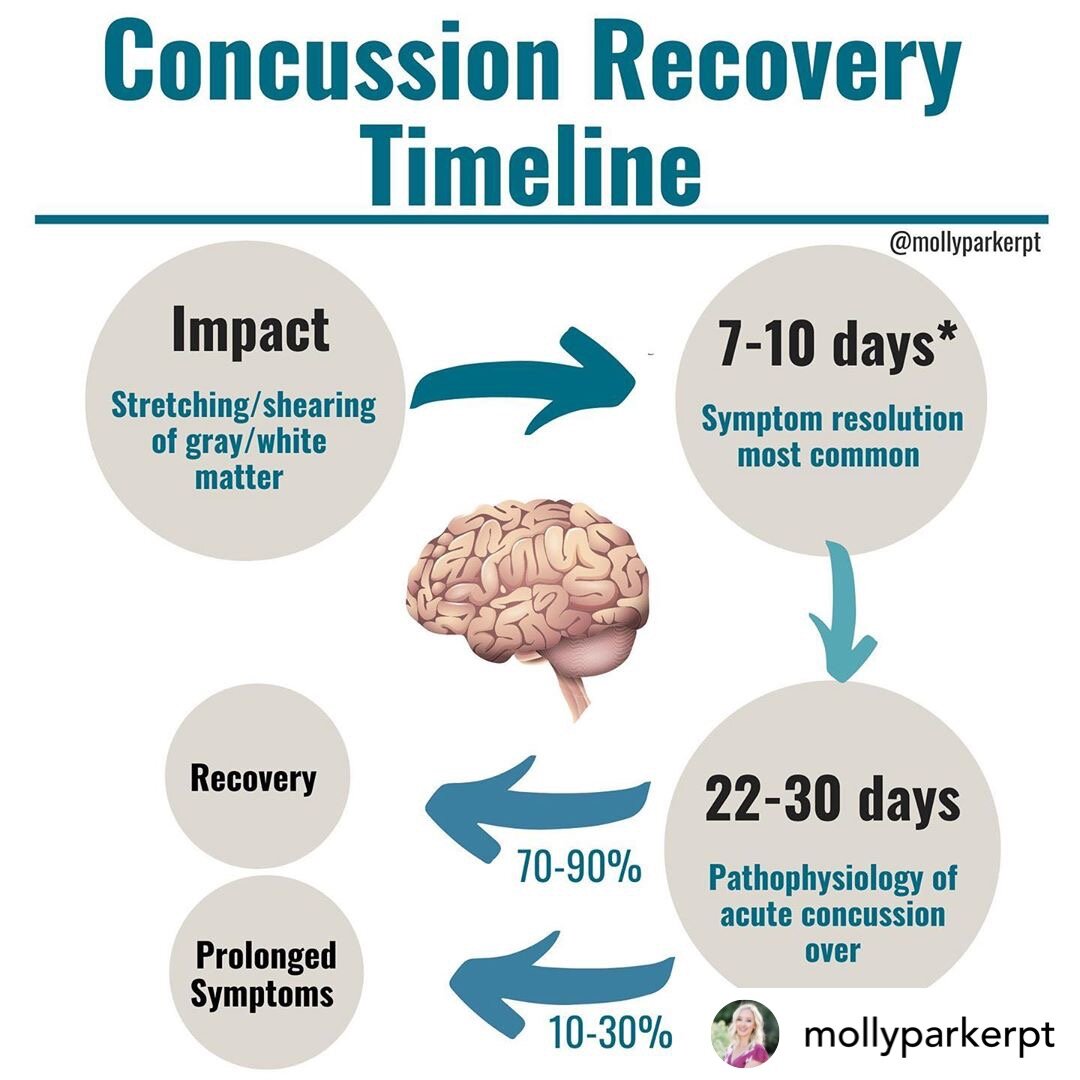National Concussion Awareness Day : Education, Support, and Resources
Annually, Over three million people experience traumatic brain injury (tbi) in the us and canada
That’s one every 11 seconds.
Worldwide, over 11 million TBIs occur annually.
In 2018, I became part of this statistic after sustaining a TBI in a car accident. My entire life has changed as a result.
Today, in honor of National Concussion Awareness Day, I’m sharing research studies, expert advice, supportive organizations, and my own personal experiences of living with TBI in an effort to raise awareness. I wouldn’t be doing as well as I am today without the vast resources and countless medical professionals who have helped me cultivate resilience, and the TBI survivors with whom I have connected.
This post is dedicated to each of you.
what is a traumatic brain injury
The US Centers for Disease Control and Prevention define a TBI as:
“a disruption in the normal function of the brain that can be caused by a bump, blow, or jolt to the head, or penetrating head injury.”
common myths + facts
Check out Dr Molly Parker on Instagram (@mollyparkerpt) for all things concussion.
Quick facts, courtesy of Dr Molly Parker, DPT
Only 10% of concussions result in a loss of consciousness
There are 4 clinical domains of concussion symptoms- cognitive, physical, emotional and sleep. Learn to identify the symptoms so that you can detect a concussion.
You do not need to get hit in the head to sustain a concussion. A blow to the body or indirect Mechanisms such as a blast and can cause concussion
It’s not just a sports injury, the most common cause is falls
A MRI does not show a concussion because it is a functional injury
If a concussion is suspected get into see a qualified healthcare professional ASAP. Early identification and education reduces likelihood of prolonged symptoms.
Unsure if it is a concussion? When in doubt, err on the side of caution until you know otherwise
Doing nothing, and resting in a dark room is no longer recommended.
What is? 24 to 48 hours of rest followed by a guided gradual return to physical and cognitive activity.
Symptoms will resolve before the brain has fully healed. This is important when it comes to returning to sport.
Symptom resolution is most commonly between 7 to 10 days but healing of the brain is closer to 3 to 4 weeks.
It is important an athlete does not return to full contact sport before the brain has fully healed.
If symptoms persist longer than 10 days, begin targeted treatment.
You can connect with Dr Parker HERE.
every brain injury is different
TBI is complex and leads to whole person challenges:
Physical
Balance, Mobility & Strength
Psychosocial
Anxiety, Depression & Isolation
Cognitive
Fatigue, Memory & Awareness
TBI is often an invisible injury, meaning that there may be few visible signs that something is wrong. Because our brains are responsible for every aspect of our bodies’ function, operation, and survival, the occurrence of a brain injury can have a devastating effect on each body system.
The nature of a TBI makes it difficult for the person affected to get help. Why? Because the onus is on the injured party to communicate their needs, symptoms and challenges, advocate for themselves, AND recover. This is a heavy burden even for a healthy, non-injured brain.
Think of someone who has broken their leg. The cast acts as a visible signal that something is wrong. The injured person may not have to ask for help because there is a visible indicator to others that the injured person may need assistance.
Now consider a brain injury. Often with brain injury, there is no visible sign that something is wrong. I have had countless days (and still experience days) where my brain processing is delayed, where I forget what I’m doing, lose focus, get overstimulated, have a migraine, feel dizzy/weak, and have severe cognitive fatigue to the point that I struggle to get out of bed, take a shower, eat breakfast, and make it out of the house before noon (when I used to be at work by 5am!).
Consider that having a brain injury and attempting to live a “normal” pre injury day is like having a broken leg and trying to run a marathon. That may sound dramatic, yet I have had a broken bone, run a marathon AND dealt with PCS for two years. It’s an accurate parallel.
Recovery timeline
Thanks to Dr Molly Parker, I’m able to share her helpful infographics. Please check out her full post HERE.
Molly Parker is a physical therapist who has suffered a concussion. She devotes her life to raising awareness, educating others, and teaching coping skills to people affected by TBI. Her infographics are extremely helpful.
I’d love to quote Dr Parker’s notes on Prolonged Symptoms (where I fall with post concussion syndrome).
“In PCS, the concussion is over. Meaning the pathophysiology experienced during an acute concussion has run its course and is no longer present.
But make no mistake... the symptoms people experience are very real.
At this point we identify the driving causes of continued symptoms and recommend treatment.
Treatment consists of a collaborative multidisciplinary approach.
The timeline here varies but will significantly decrease with proper targeted treatment... so get help.“
Dr Parker has released so much helpful information and has generously agreed for me to share her work with you.
Diagnosis + treatment
Next, we look at who can help treat post concussion symptoms. Scroll through for a breakdown of specialists.
Read Dr Parker’s post HERE.
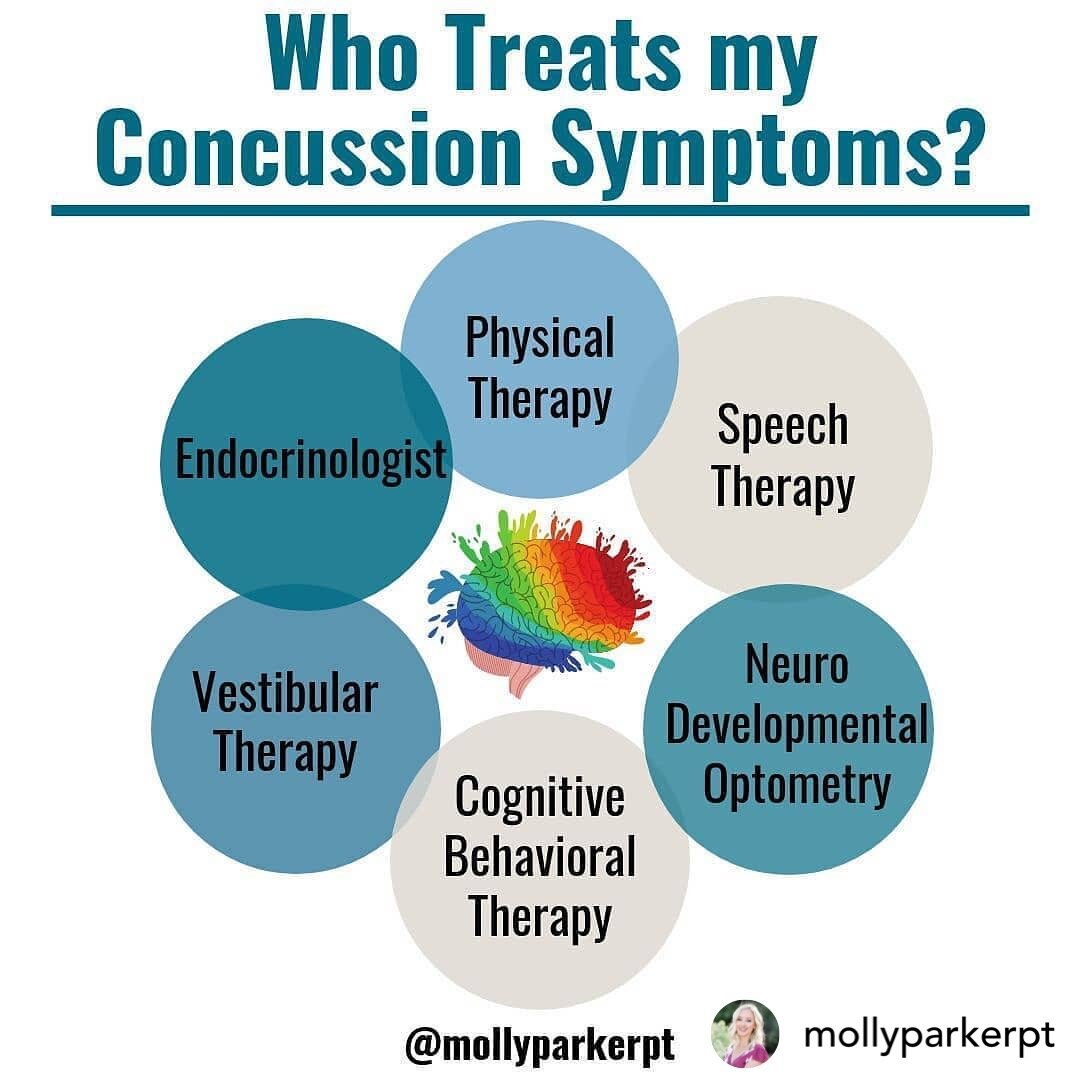
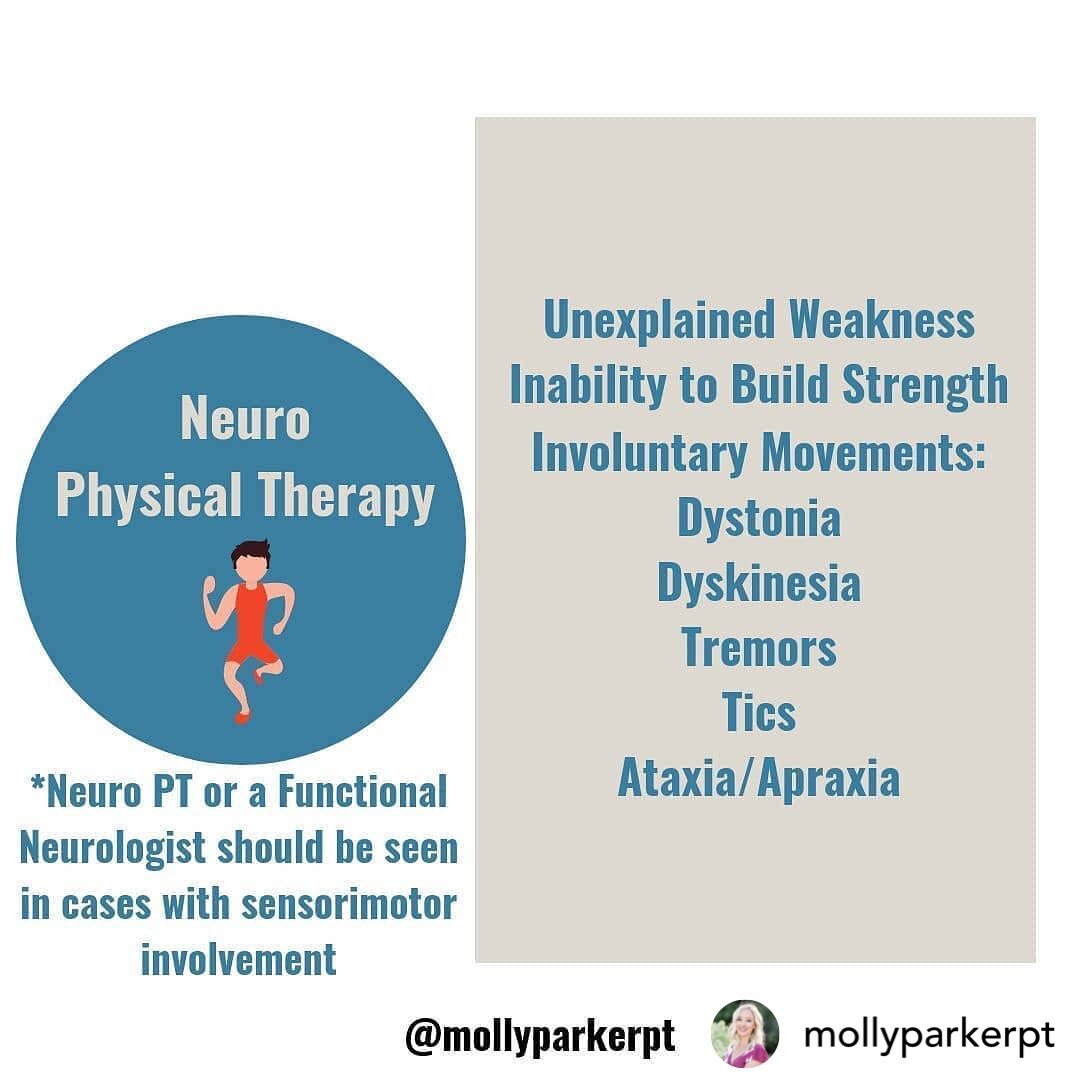
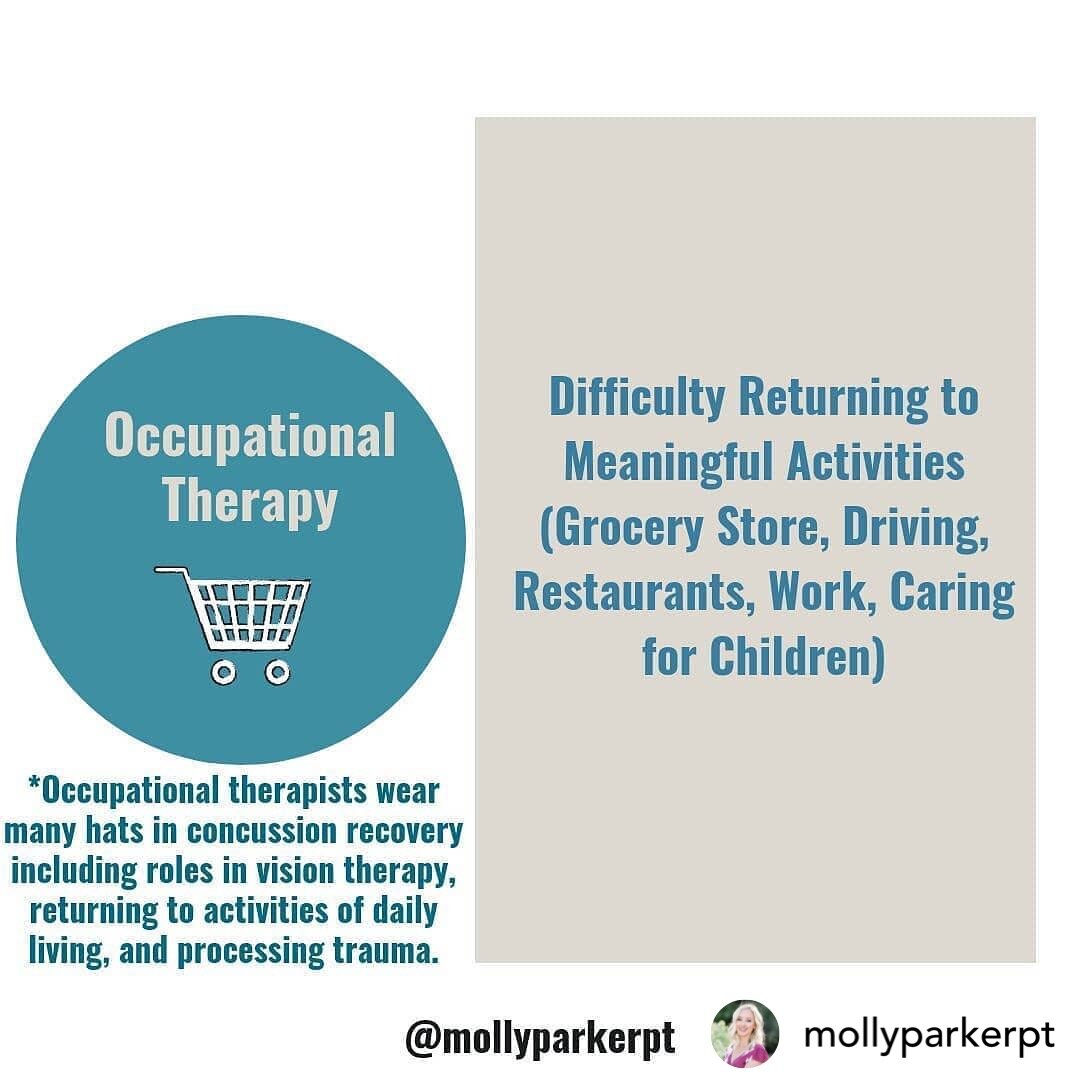
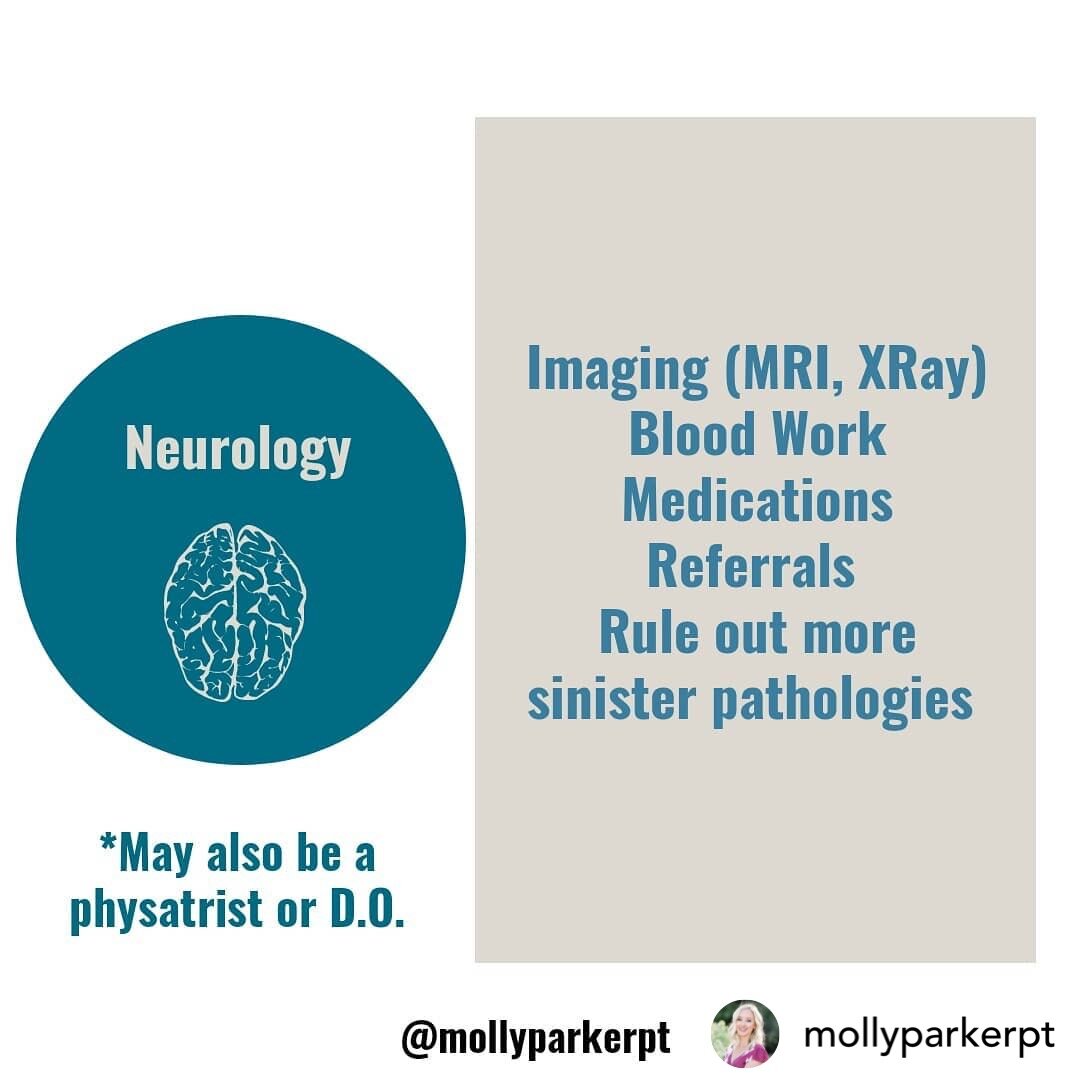

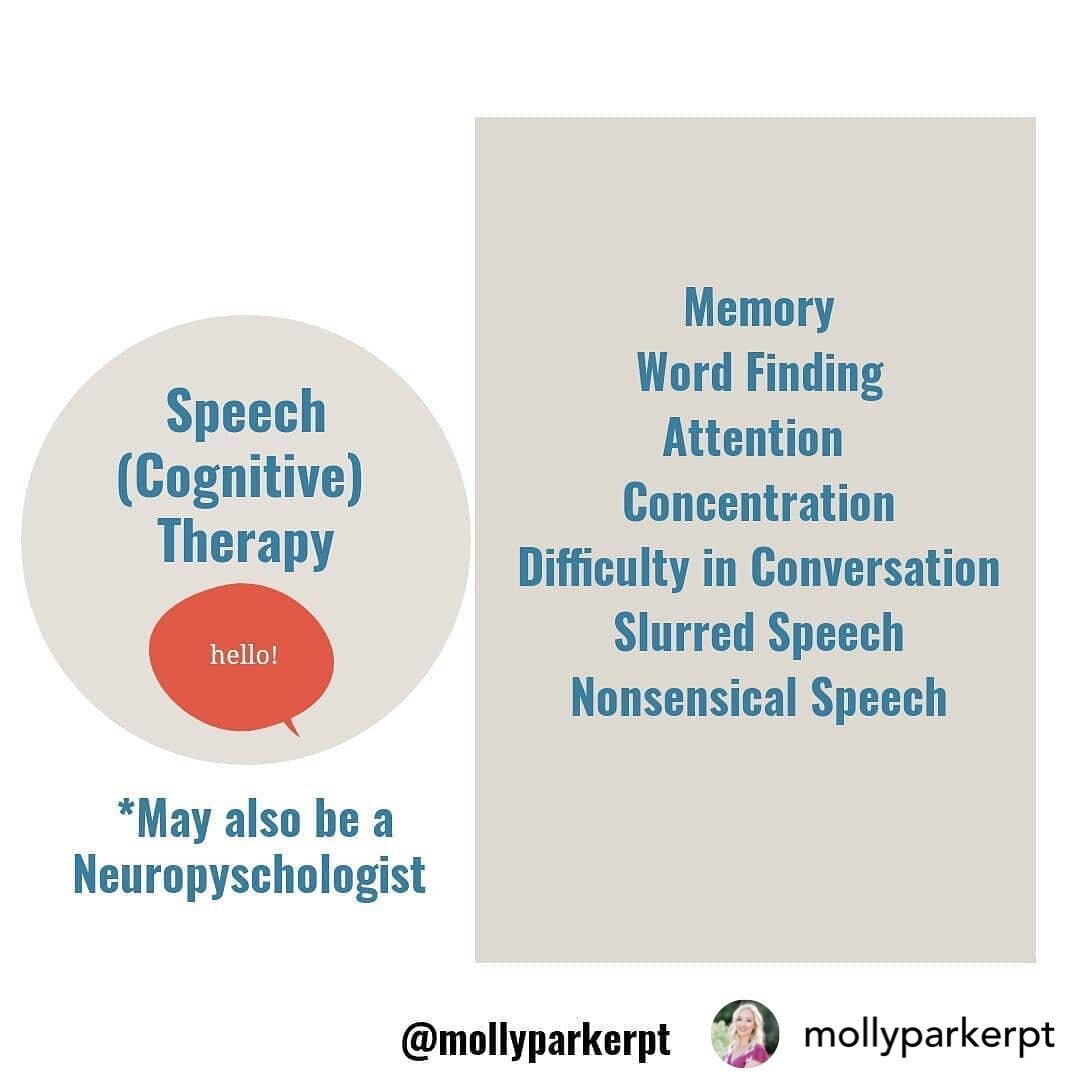
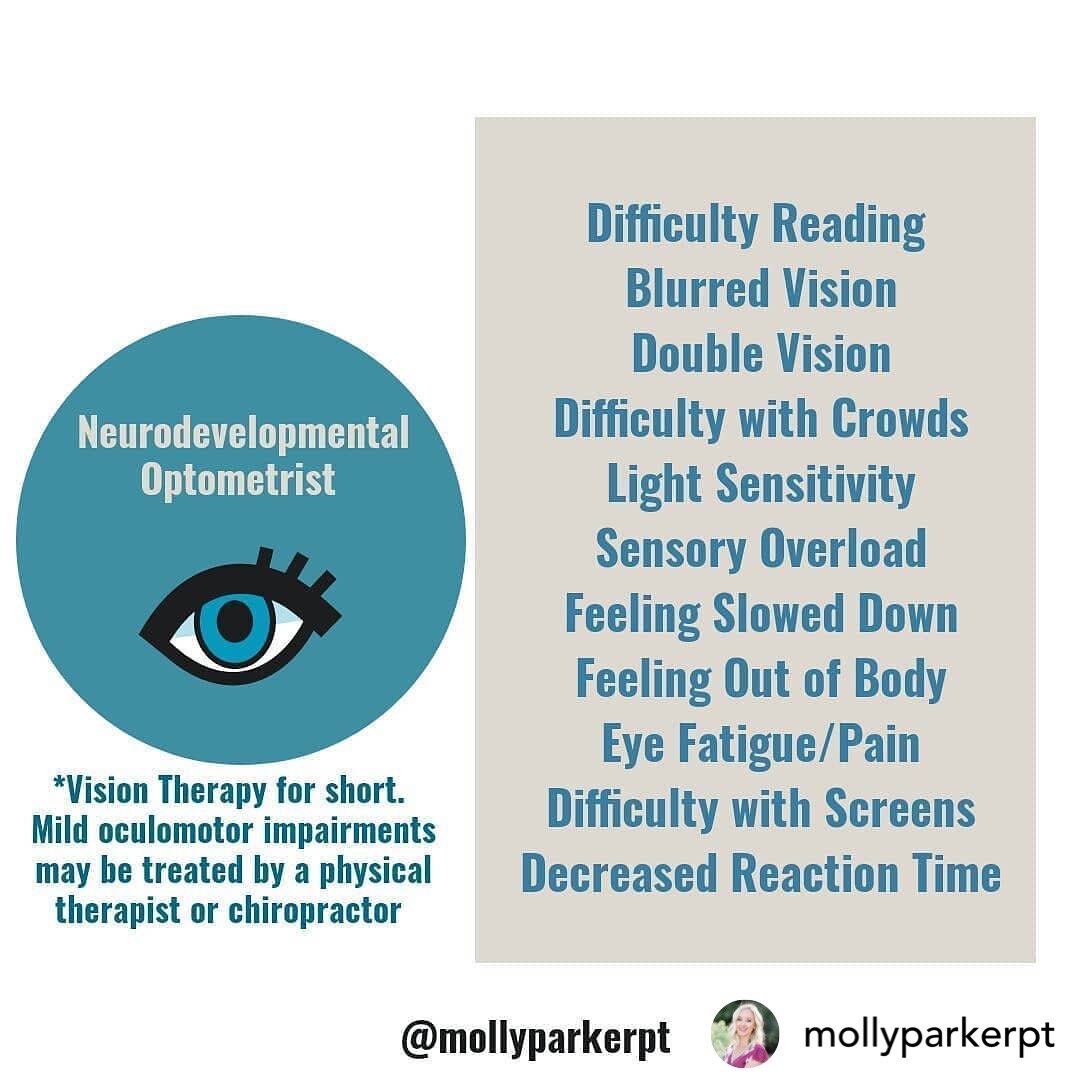
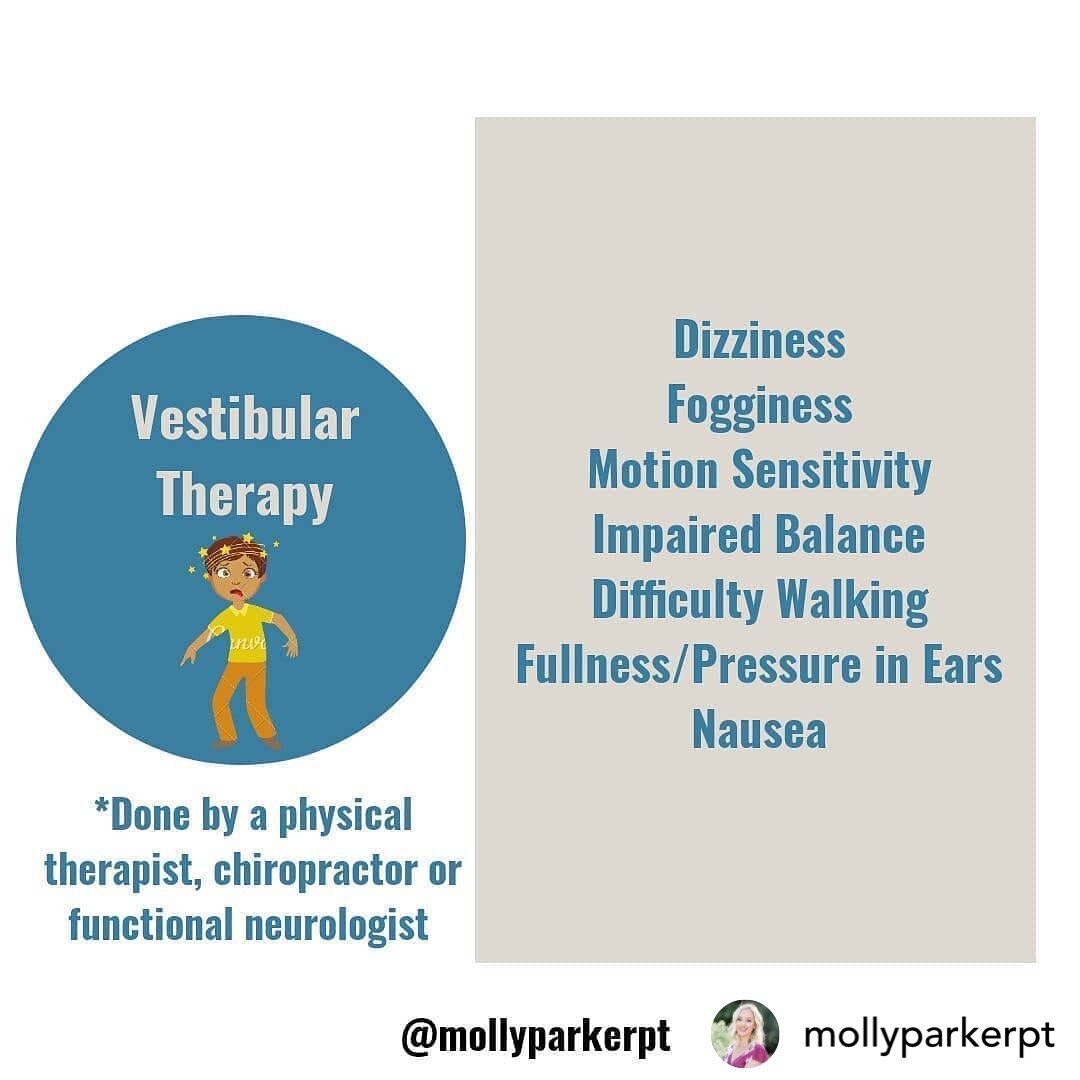
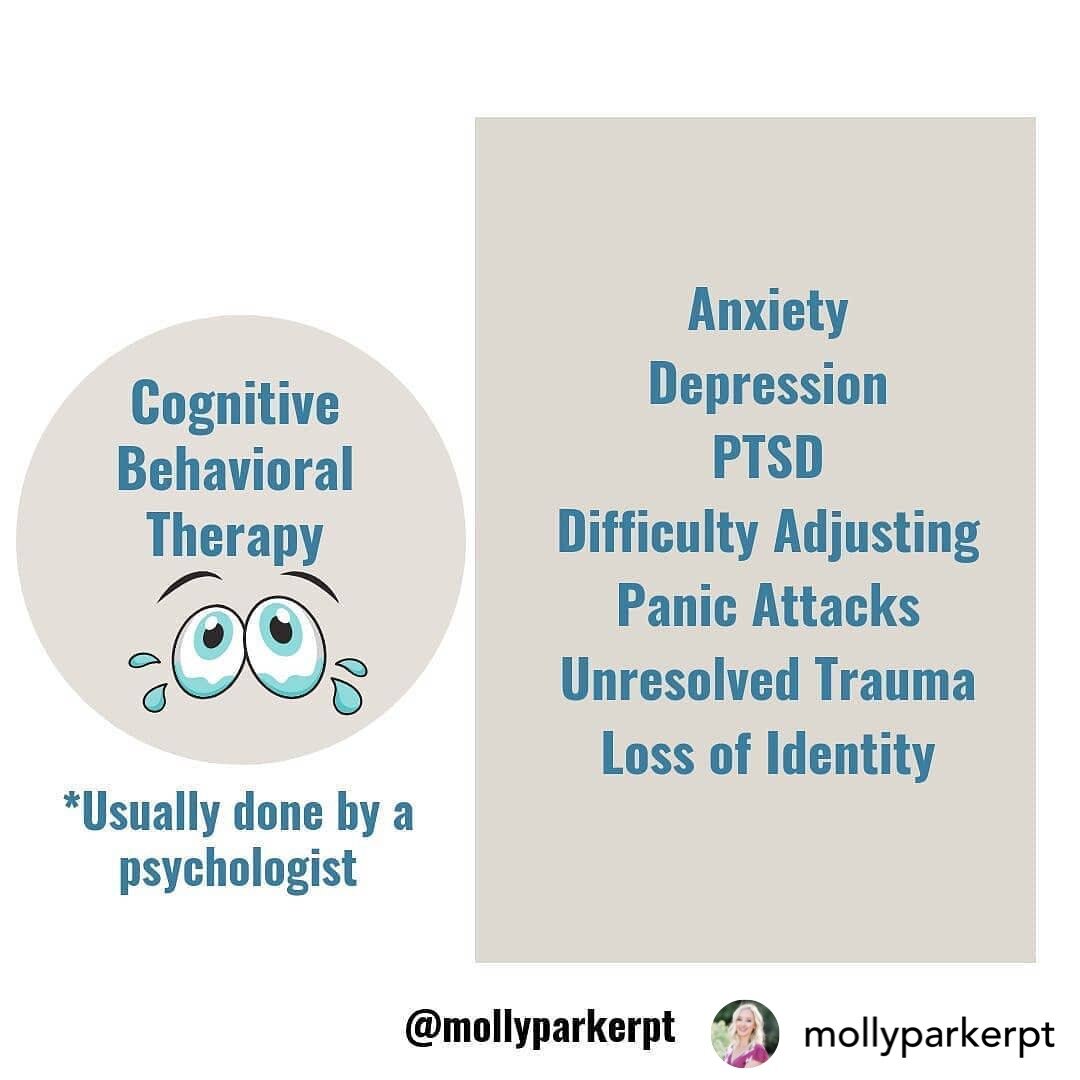
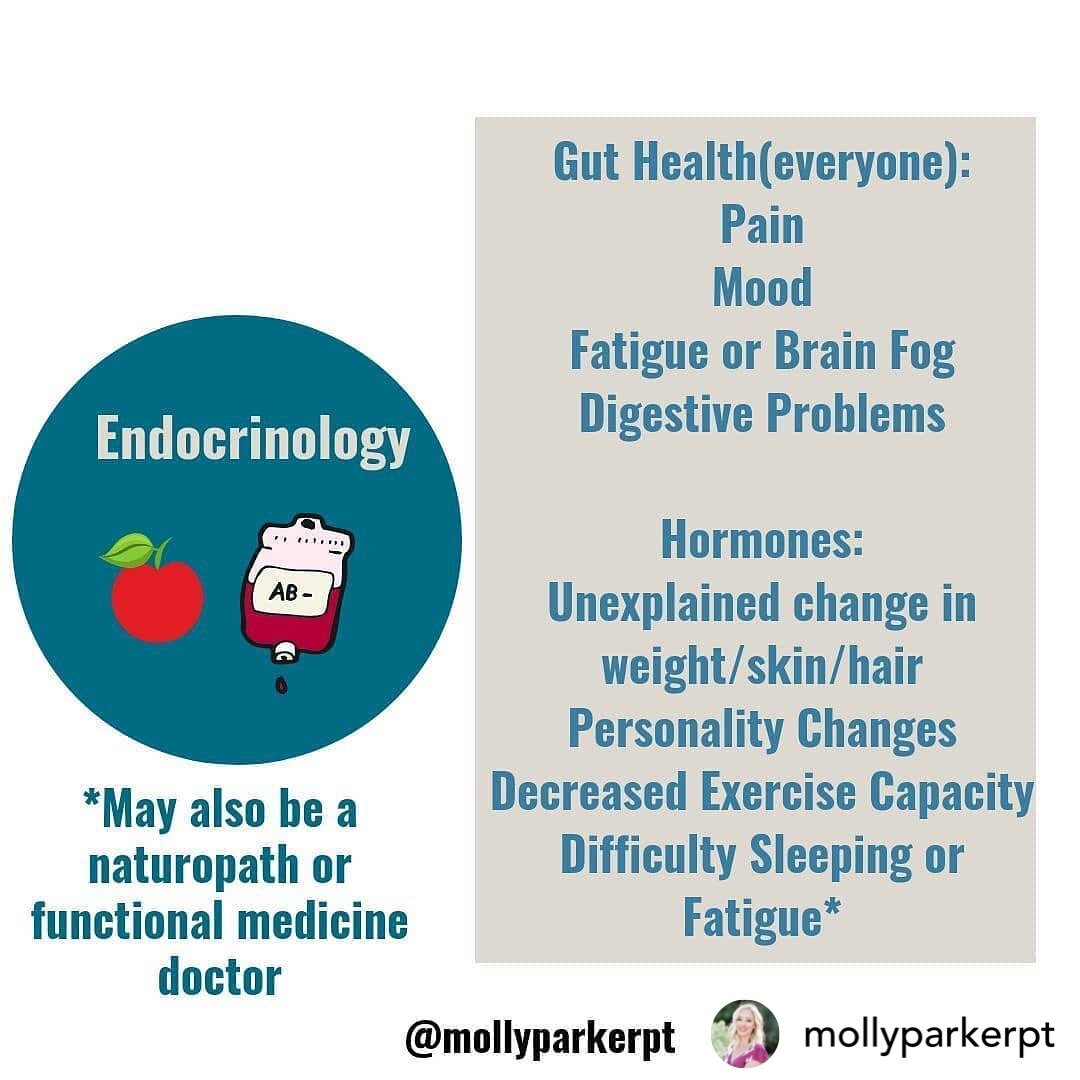
Swipe through Dr Parker’s slides to match symptoms with the proper provider. She writes, “. . . just like any other neurological injury there is likely more than one system is affected. Remember that each concussion is unique, making an individualized treatment program key.”
In my own recovery, I have been treated by each of the professionals listed in Dr Parker’s slideshow, as well as other therapeutic methods (including Botox, nerve blocks, massage, craniosacral therapy, fascia therapy, trigger point injections, steroids, medications, TMJ specialist, dietitian, yoga, mindfulness, among others).
Why do some people experience longterm effects?
Another helpful post by Dr Parker sheds light on what factors can exacerbate concussion recovery. I personally have experienced all three. Read her full post HERE.
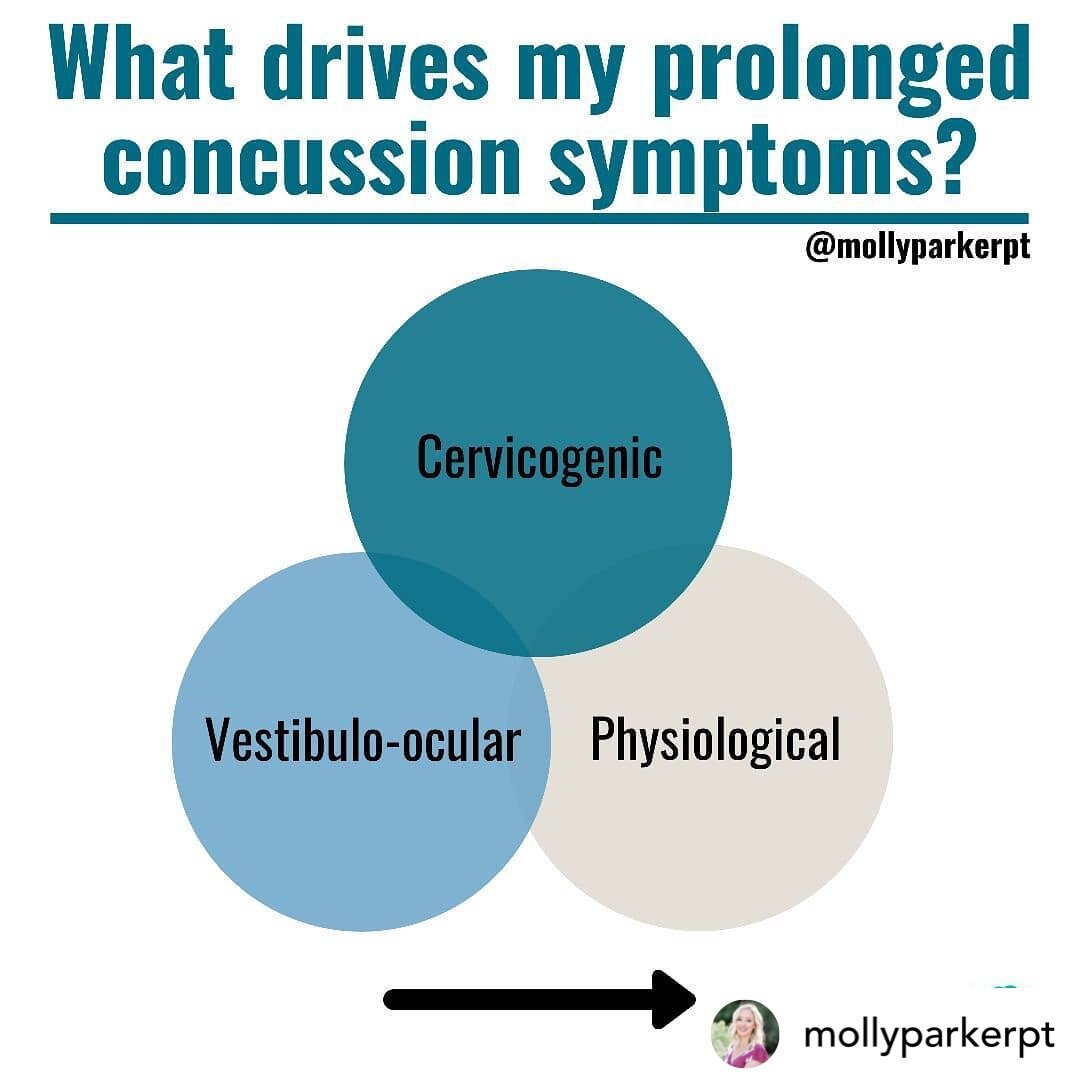
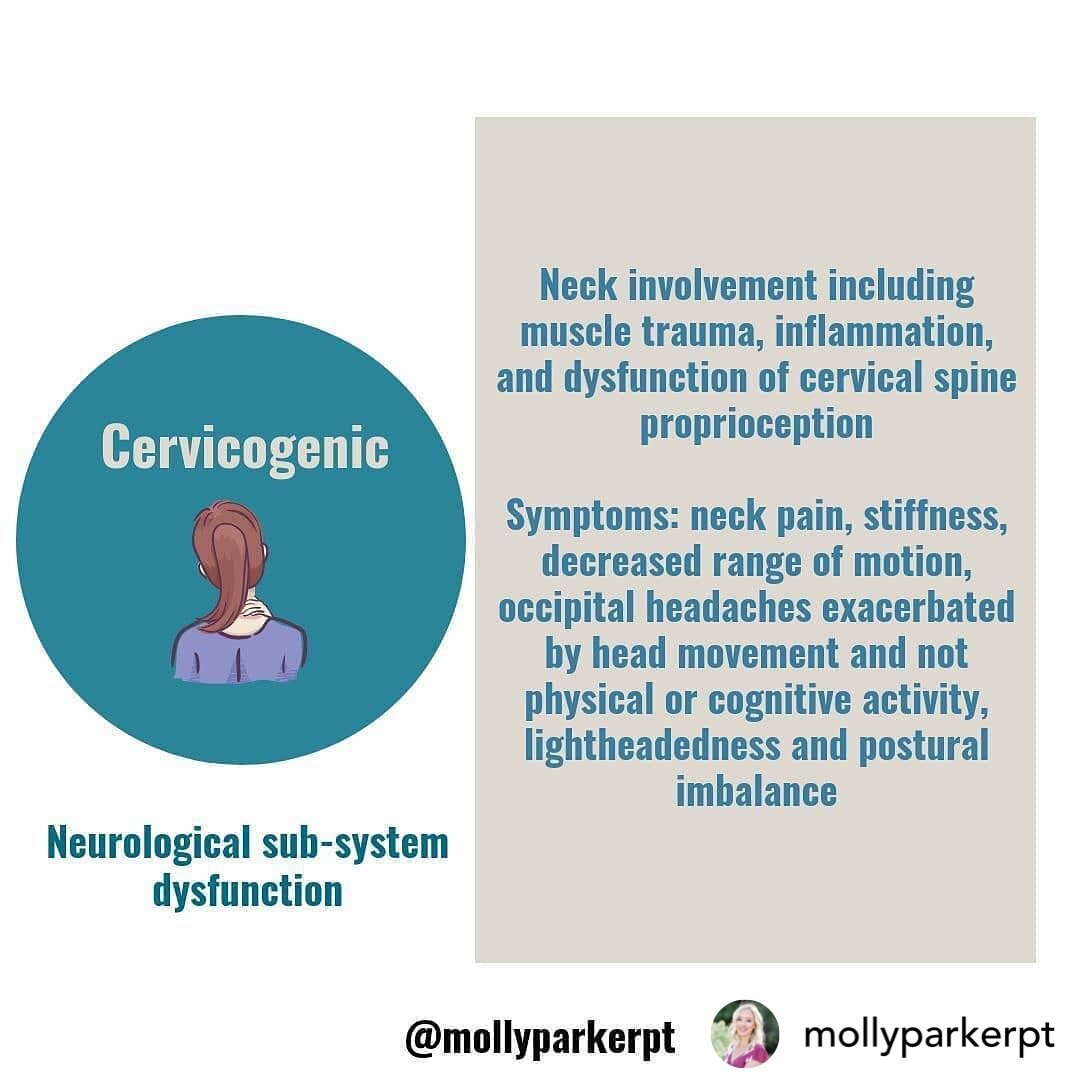
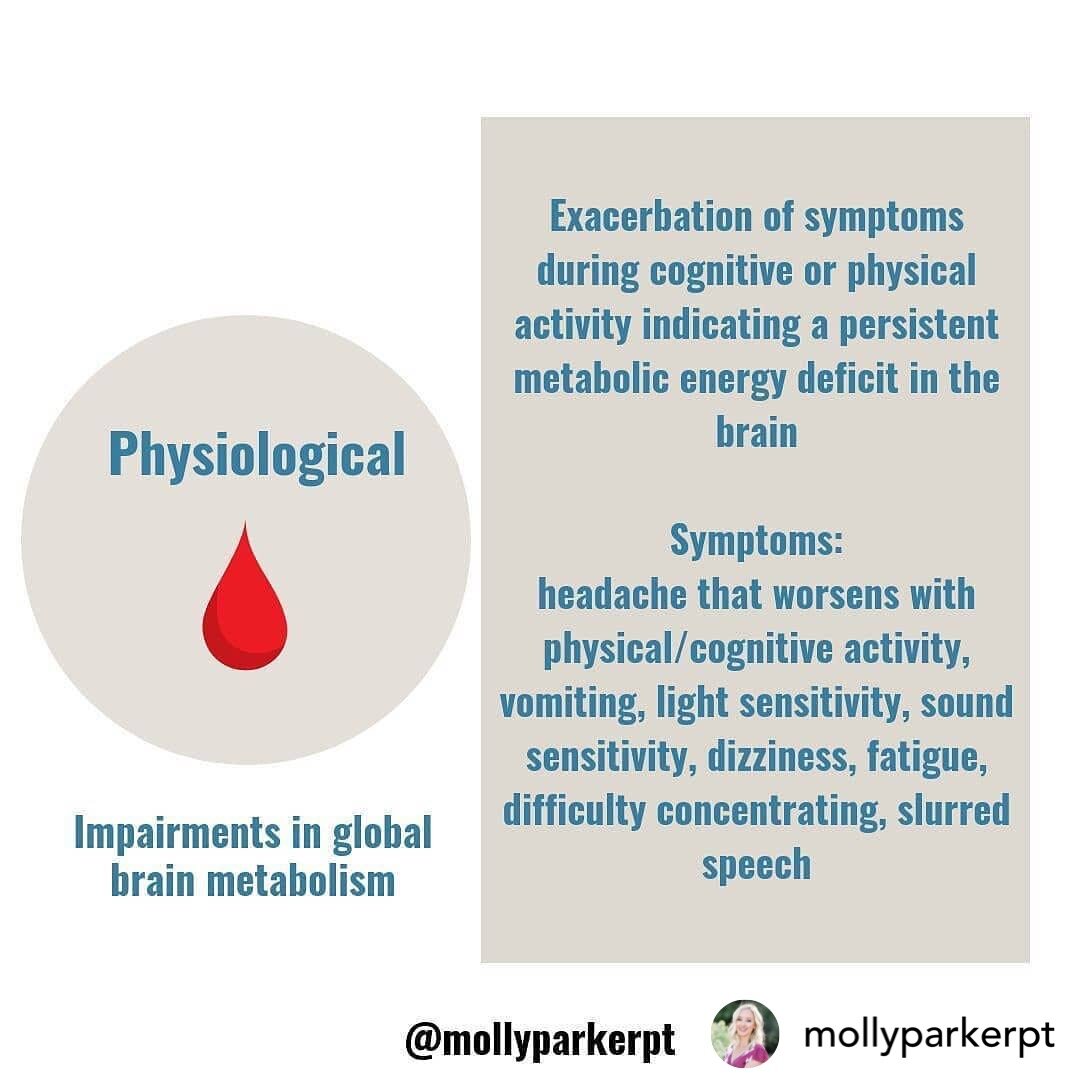
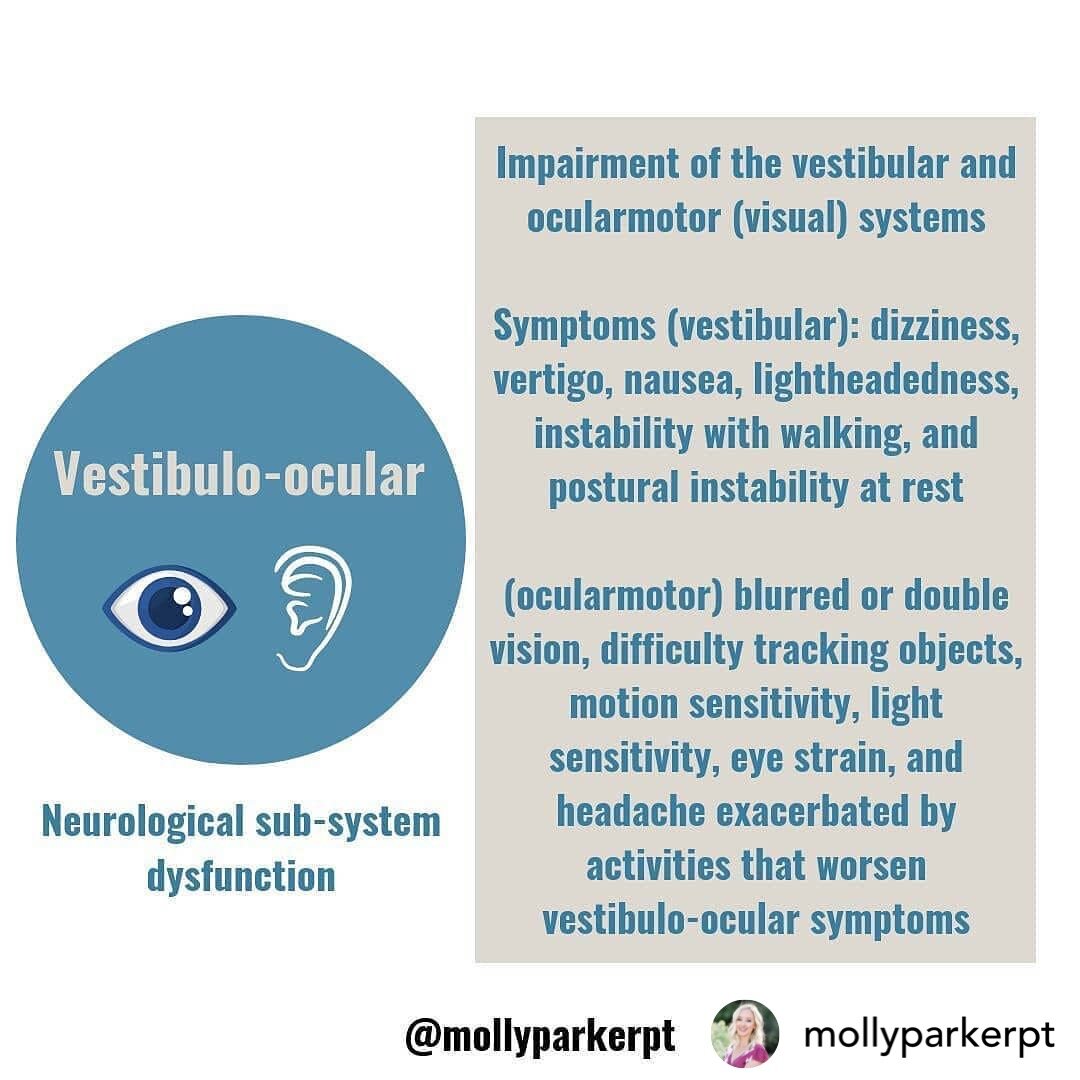
the costs of brain Injury
While many people recover within months, many people experience lifelong challenges after brain injury.
According to researchers, the cost of recovery from TBI ranges between $85,000-$3,000,000. My medical care for TBI and PCS treatment hit six figures early on.
A literature review from 2015 reveals that the unemployment and underemployment rates are high in those who have sustained TBI, as well as decreased independence on caregivers/inability to live alone. I am currently two years post concussion and working part time in comparison to working overtime pre accident. I also struggle with maintaining our home when my husband travels, compared to being extremely independent pre accident.
“With brain injuries . . . it’s where your personality is, it’s where your soul is, it’s where YOU is. As soon as that becomes something you are calling into question . . . how am I supposed to wake up in the morning and feel safe within myself?”
Finally, the CDC reports that suicide is the leading cause of death in people affected by TBI. Four months in to my recovery from TBI, I was unable to drive, unable to take care of myself, struggling with basic tasks. I had lost career opportunities, clients, and unsure of when I could return to my business full-time. I had no income yet all the expenses of my regular life and keeping my business afloat. I worried about my new marriage, my friends, my health, and my future. I hit a rock bottom and thought that I didn’t want to keep living if I couldn’t have my old life back.
I am fortunate that I had the resources and support to ask for and receive help.
What I needed most was patience, understanding, and kindness. I found these in people like Dr Parker, therapy, and other people who had lived through brain injury.
Hearing their stories gave me hope. That’s why I share mine today.
resources
While this post is by no means exhaustive, I hope it provides you with some research-backed education, tools, and understanding of TBI.
Here are some helpful resources.
Concussion Compass by Dr Molly Parker and Dr Natasha Wilch, is an online group offering support, empowerment and knowledge. I’m a member and highly recommend.
Free Roadmap to Recovery Challenge starts Monday! Change the trajectory of your concussion recovery in a five day process, led by Dr Molly Parker and Dr Natasha Wilch.
Spoon Theory (google it for now; I’m planning a full post soon).
The Love Your Brain Foundation uses mindfulness to cultivate resilience and foster community in people affected by TBI. They have been and still are a huge support in my journey. They currently offer free programs online, including the new LYB Mindset program I will be facilitating. Registration opens October 1; I will be teaching the Friday at 11am EST section.
Questions?
I share about my experiences to offer hope and support. If you or someone you know has been affected by TBI, please reach out. I’d love to connect.



